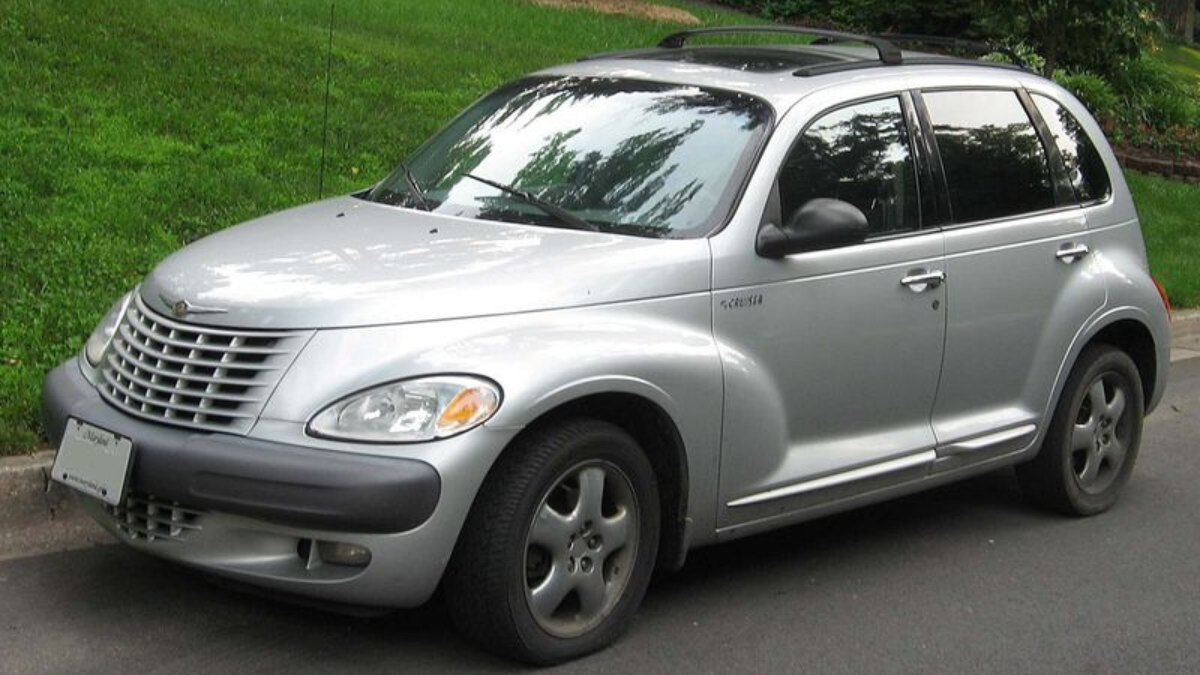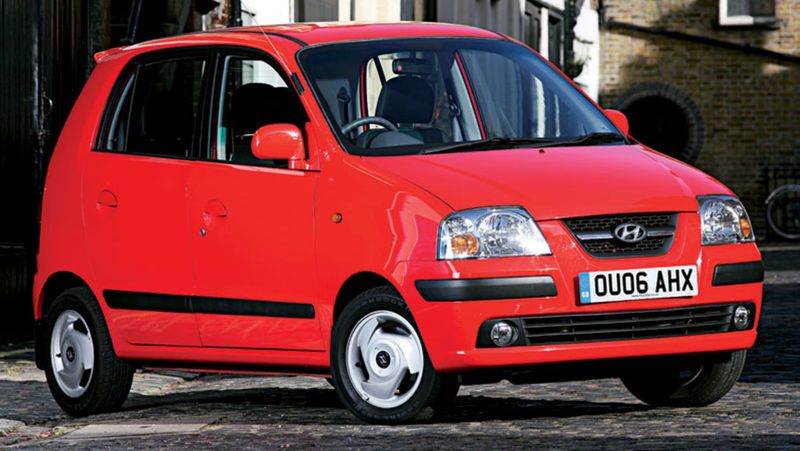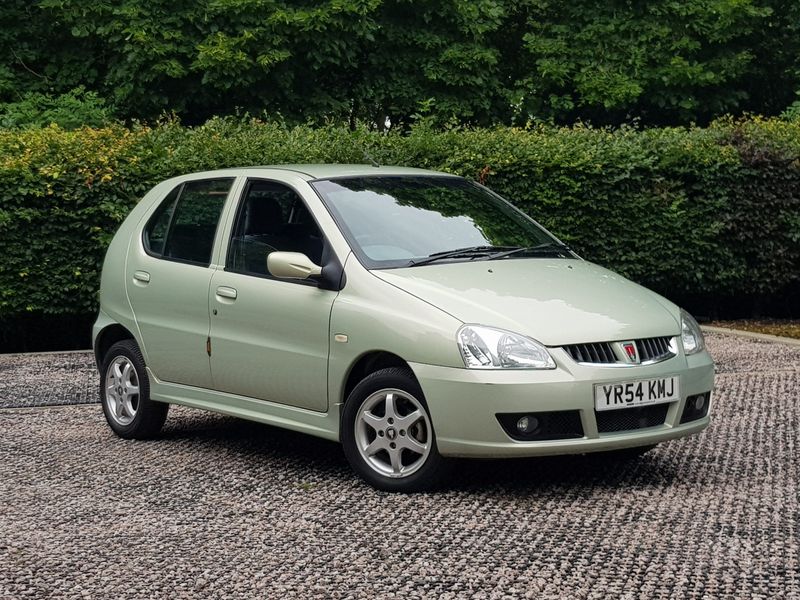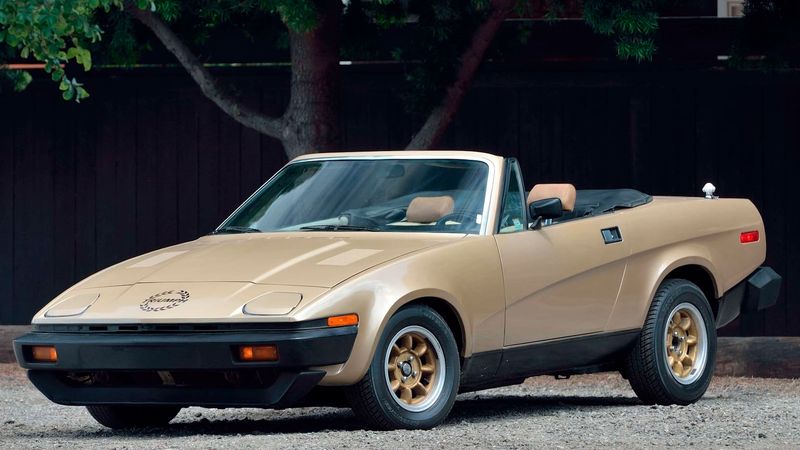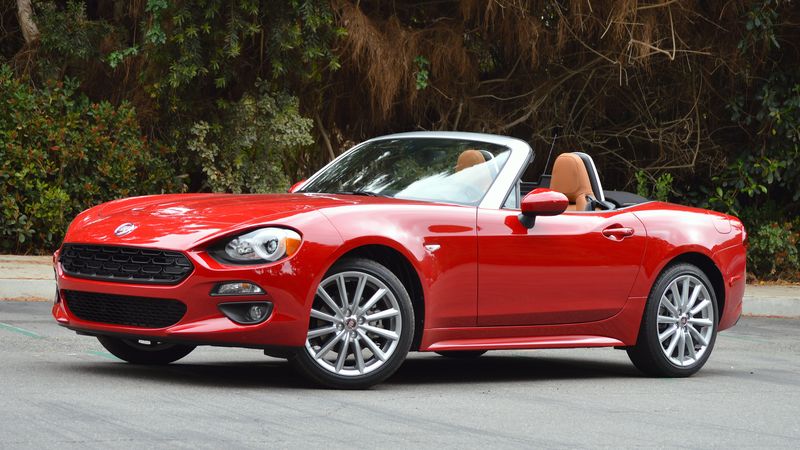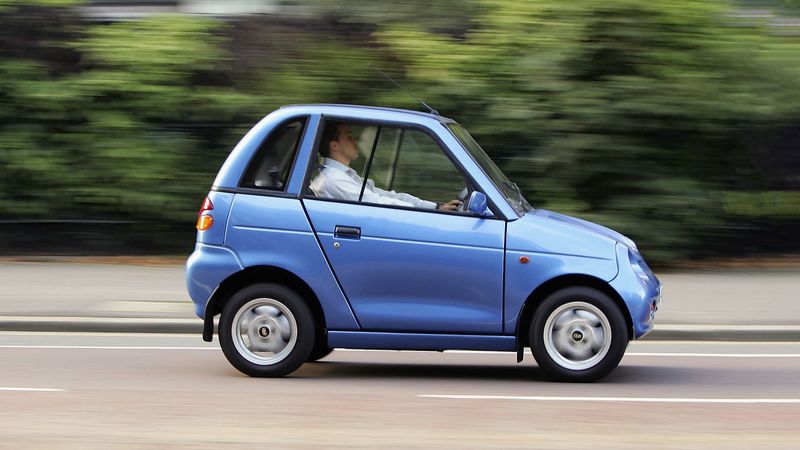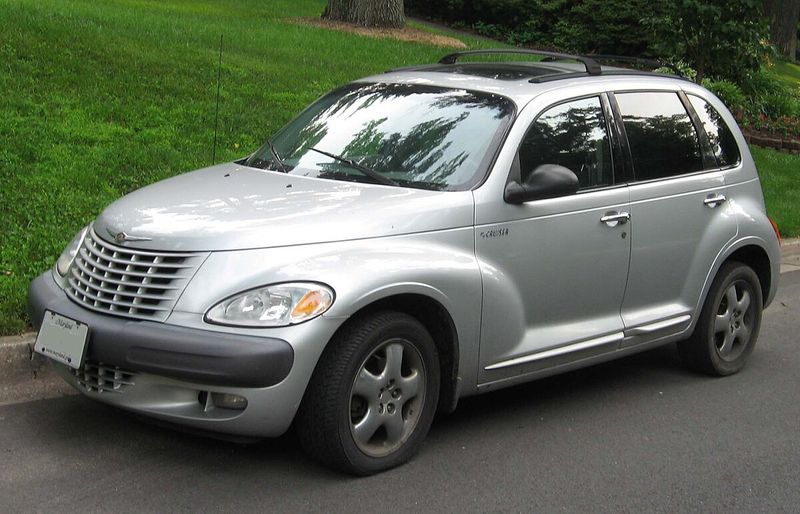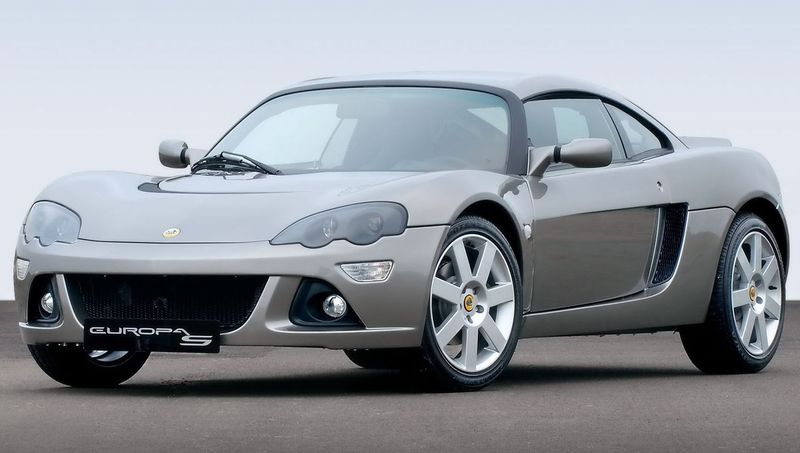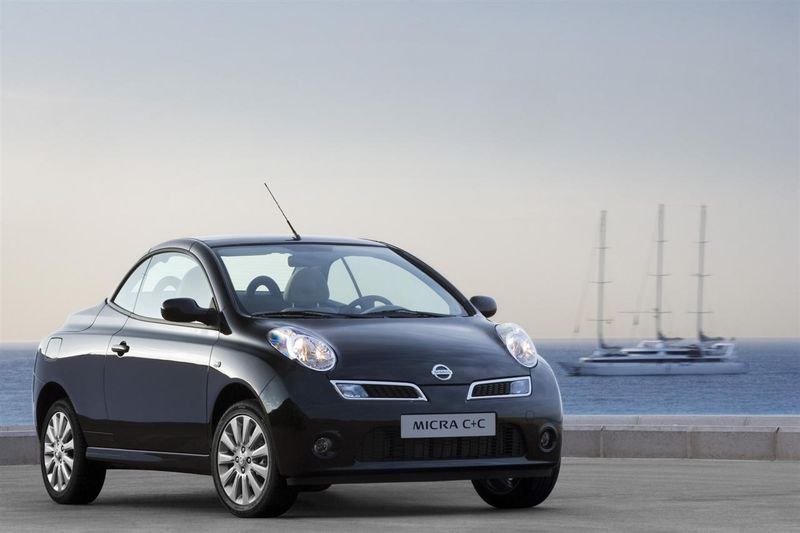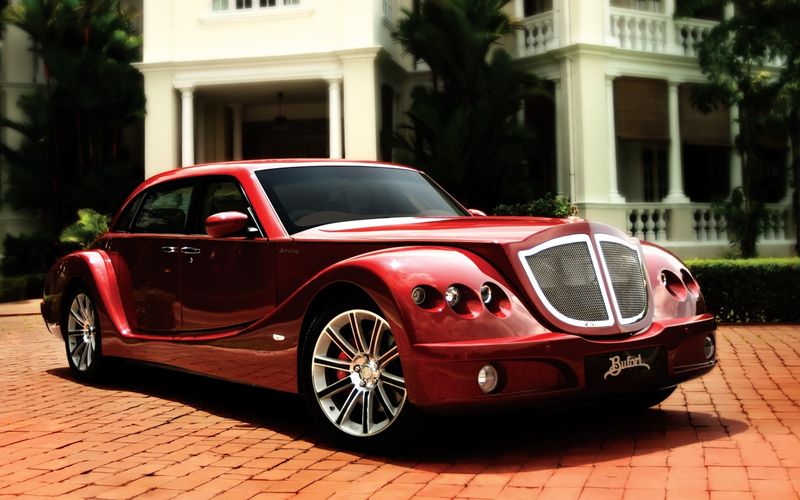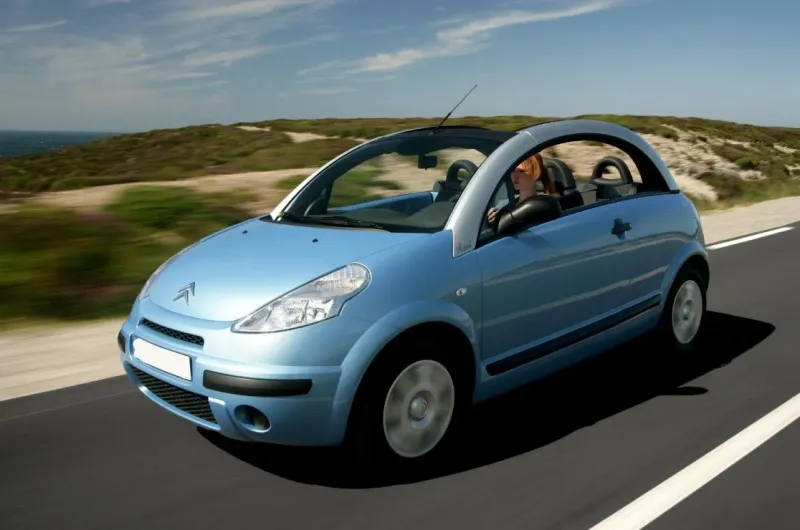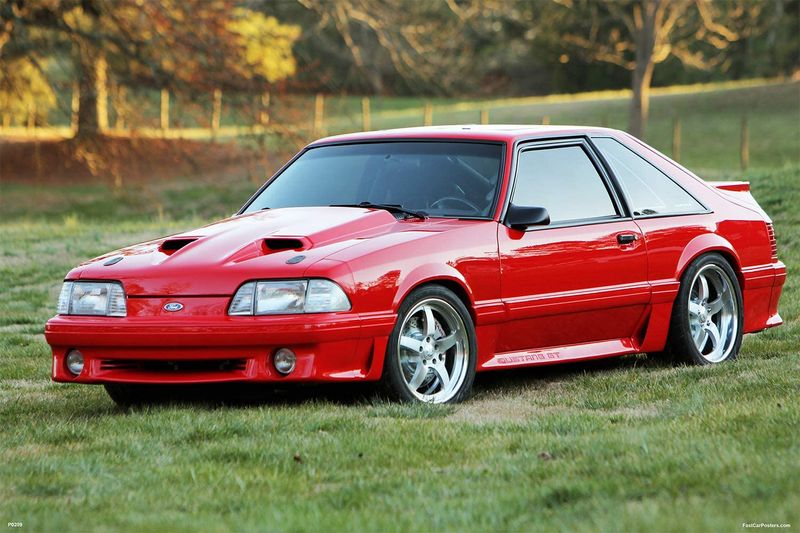📖 Table of Content:
The world of automobiles is filled with innovation and excitement, but not every car manages to meet expectations. Some cars, despite the hype or initial promise, ended up being rather disappointing for enthusiasts and consumers alike. This list explores 15 such cars that, for various reasons, failed to impress. From design flaws to performance issues, these cars left many scratching their heads.
1. Hyundai Amica
Compact cars need to balance space and style. The Hyundai Amica offered practicality. Sadly, design was bland. Many consumers sought more features. It was reliable but uninspiring. For budget-conscious buyers, it ticked some boxes. However, it never excited. In a competitive market, those shortcomings stood out. The Amica served its purpose but lacked flair. It’s fondly remembered by some for its dependability. But it rarely tops any enthusiast’s list. It illustrates the challenge of balancing form and function in the automotive world.
2. Rover Cityrover
When you think of a city car, you expect something that’s both nimble and stylish. The Rover Cityrover, unfortunately, was neither. It came with a hefty price tag. Yet, it offered very little in terms of features or quality. Many felt it was just a rebadged Tata Indica. This didn’t sit well with Rover enthusiasts. It seemed overpriced for what it offered. Buyers expected more from a brand like Rover. The Cityrover felt like a missed opportunity to create a true urban icon.
3. Triumph TR7
In the world of sports cars, the Triumph TR7 was supposed to be a game-changer. Its wedge-shaped design was bold. However, not everyone was impressed. Enthusiasts found the styling controversial. Mechanical issues plagued the TR7. This left drivers frustrated and often stranded. It was marketed as “the shape of things to come.” Sadly, it became known for its unreliability. Triumph’s reputation took a hit. The TR7 is now a reminder of how ambition without execution can disappoint the driving community.
4. Fiat 124 Spider
Italian roadsters promise passion and performance. The Fiat 124 Spider embodied this visually. Its stylish looks were undeniable. Yet, reliability was a concern. Mechanical flaws plagued it. Enthusiasts often found themselves in repair shops. The drive, when smooth, was exhilarating. However, inconsistency marred the experience. It was a car that teased greatness. For many, the Spider was a love-hate relationship. It showcased the allure of Italian design. But also the frustrations of unreliable engineering. It’s a classic with a complicated legacy.
5. Reva G-Wiz
Electric cars are meant to be the future. The Reva G-Wiz attempted to bring that future early. Unfortunately, it came with significant compromises. It was small in size. Safety was a major concern for many potential buyers. The lack of style didn’t help either. Driving the G-Wiz felt more like an experiment. For urban commuters, it was a tough sell. An eco-friendly vehicle should inspire; the G-Wiz did not. Its shortcomings overshadowed the green benefits it promised to offer.
6. Chrysler PT Cruiser
Retro can be charming, but the Chrysler PT Cruiser struggled to balance old and new. It was unique in its appearance. However, performance didn’t match its bold look. Many expected more under the hood. The interior felt cramped. Its aesthetics couldn’t save its deficiencies. As a result, the Cruiser never quite captured the spirit it intended. The promise of a modern classic fell flat. Some fans still love its quirky design, but most agree it didn’t live up to the hype.
7. Lotus Europa S
Sports cars are about thrill and speed. The Lotus Europa S delivered on performance. Its lightweight design was a highlight. However, it was overshadowed by practicality issues. Comfort was compromised for speed. Many drivers found it unsuitable for everyday use. Enthusiasts appreciated its agility. But long journeys were taxing. It was a car for weekends, not daily commutes. The Europa S remains a symbol of Lotus’s dedication to performance. Yet, it reminds us that even sports cars need a touch of practicality.
8. Austin Allegro
The Austin Allegro was meant to define a new era for family cars. Introduced in the 1970s, it boasted an unconventional design. However, it was the ‘Quartic’ steering wheel that raised eyebrows. Drivers found it awkward to handle. Build quality was another concern. The Allegro often faced mechanical issues. This left families frustrated. Its practicality couldn’t compensate for these flaws. Over time, it gained a reputation as one of the most disappointing cars of its time. It remains a quirky chapter in automotive history.
9. Ssangyong Rodius
Minivans are all about space and practicality. The Ssangyong Rodius offered these but at a cost. Its design was often called unattractive. Many found it overly complex. The driving experience left much to be desired. Comfort was there but it lacked finesse. For families, this was a letdown. Expectations were high for versatility and style. Rodius couldn’t deliver on both fronts. In trying to do too much, it lost its appeal. It’s remembered more for its looks than functionality.
10. Nissan Micra C+C
Convertibles are meant to be fun and stylish. The Nissan Micra C+C aimed to capture that spirit. Its retractable hardtop was a standout feature. However, space was limited. Practicality took a backseat to design. Performance was also underwhelming. Buyers hoped for more than just looks. For a compact car, it felt constrained. The Micra C+C was a reminder. Sometimes, style sacrifices function. While it had youthful appeal, it struggled to meet everyday needs. Enthusiasts often look back with mixed feelings.
11. Bufori Geneva
Luxury cars are expected to awe and inspire. The Bufori Geneva delivered on looks. Its classic styling stood out. However, it was seen as overpriced. Practicality was lacking as well. Many questioned its everyday usability. Being handcrafted is a double-edged sword. While unique, it often means expensive. The Geneva struggled to justify its price tag. Enthusiasts admired it from afar. Yet, few could see it fitting into their daily lives. It’s a reminder that luxury requires more than just aesthetics.
12. Citroen C3 Pluriel
The Citroen C3 Pluriel was an attempt at versatility. Its modular roof system promised excitement. Sadly, reality fell short. Leaks were a common issue. The roof mechanism was overly complex. Many owners grew frustrated. Maintenance became a chore. In sunny weather, it was delightful. However, rain highlighted its flaws. The Pluriel’s versatility couldn’t redeem its practicality issues. Citroen enthusiasts expected more innovation. Instead, they received a car full of compromises. It stands as an interesting yet flawed concept in the automotive world.
13. Ford Mustang gen 3
The Ford Mustang is an icon in the muscle car world. The third generation aimed to continue this legacy. However, enthusiasts were disappointed. Performance was toned down. It drifted away from traditional muscle car power. Styling changes were also divisive. Fans craved the raw power Mustang was known for. This generation didn’t deliver. It was a period of transition. The Mustang name survived but not without criticism. This era is often overlooked by purists. The third-gen stands as a lesson in understanding core brand values.
14. Hummer H3F
SUVs are built for versatility and strength. The Hummer H3F embraced this with gusto. Yet, it came with drawbacks. Fuel consumption was a major issue. Its bulkiness made urban driving challenging. Off-road, it impressed. But daily use was a different story. Many found it impractical for city life. Enthusiasts desired a balance. The H3F leaned too much towards ruggedness. While it had its fans, broader appeal was elusive. It highlighted the need for SUVs to evolve with changing times.
